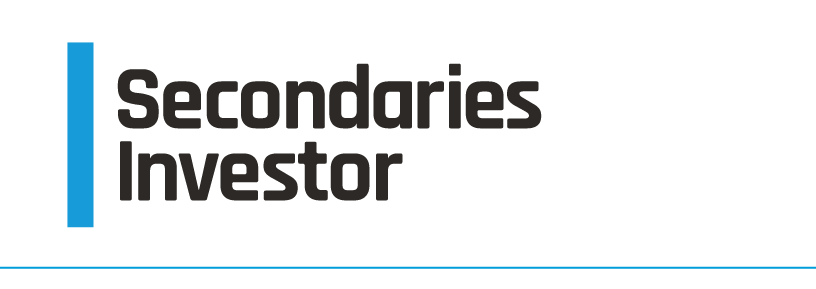
Home Sponsored
Sponsored
Despite a record year for fundraising, growth in the secondaries market has been hampered by a lack of liquid capital.
In episode four of the Decade of Secondaries Investing podcast miniseries, sponsored by Ares Management, Dawson Partners and Proskauer Rose, we look at whether the region's secondaries market can continue its winning streak.
The growth of GP-led secondaries represents a long-term, structural change within private equity, write Paul Sanabria and Jeff Hammer, global co-heads of secondaries at Manulife Investment Management.
Secondaries investors can find unparalleled alignment in GP-led transactions with lower mid-market managers, says Christiaan van der Kam, head of secondaries at Schroders Capital.
As GP-led deals have evolved, so too have the terms designed to create alignment of interest between all parties, say Proskauer’s Jordan Hurwitz and Natalie Scott.
More opportunities are opening up for buyers as GPs turn to the secondaries market for capital, but they must be selective if they are to achieve strong risk-adjusted returns, says Nate Walton at Ares.
Access to trophy assets through transparent processes will underpin GP-led growth, say Evercore’s Alex Longden and Fred Stonell.
Clear transaction rationale, defendable valuation positioning and a strong show of conviction from sponsors is helping buyers to get comfortable with continuation fund deals in a tough macro environment, says Matt Wesley at Jefferies.
Proactively tracking assets across global themes can provide an early edge in continuation fund opportunities, say Partners Group’s Anthony Shontz and Roy Baumann.
Macro conditions are prompting a broader array of financing mechanisms in GP-led deals, which could help catalyse greater market adoption, say Investec’s Stuart Ingledew and Sharon Thandi.














